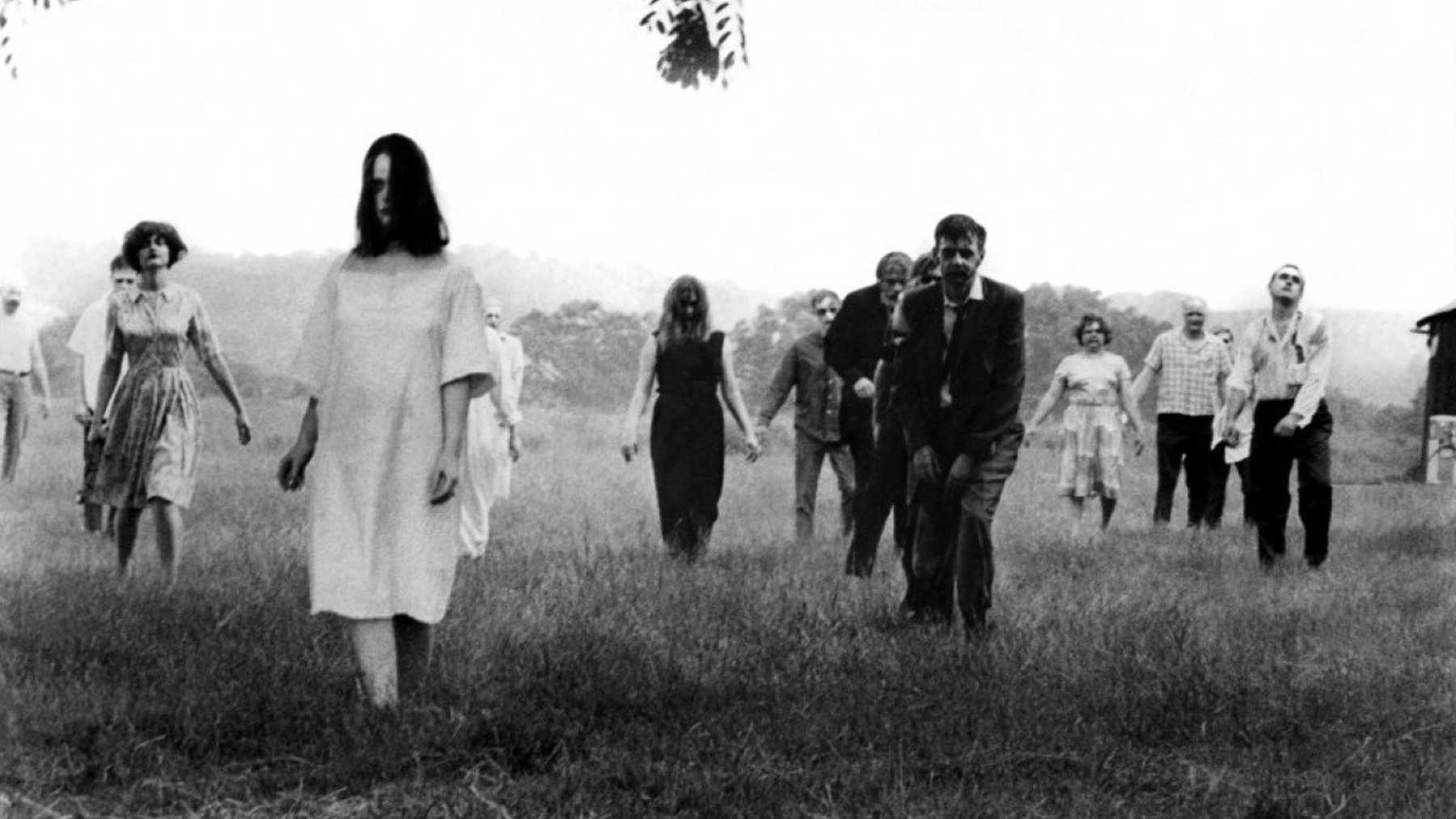
People are often surprised to hear that Alien is not only my favorite horror film, but my favorite film of all films ever. There are several personal reasons for this, but critically speaking (i.e, most relevant to this course), I find its fluid intersections of gender, sexuality, eroticism, otherness, and capitalist exploitation fascinating. Particularly fascinating is that these intersections are catalyzed by body horror. The plot is quite simple, the characters somewhat flat, but visually, atmospherically, and sonically the film is stunning. I’m taken with the viscerality and complexity of the cinematography and imagery, especially H.R. Giger’s concept for the creature. I think Alien is a film that, to quote Hurley in “Reading Like an Alien,” illustrates “what the horror film can accomplish that other genres cannot.”
Due to its formulaic plot structure and its “Final Girl,” Alien has been called a “slasher in space,” and this is in part why it has attracted a lot of psychoanalytically critical attention. It has also been heralded as a feminist film, hence it has attracted a lot of feminist critique as well. As Hurley notes in her article, it is often seen as
a film that merely “pretends” to have a progressive agenda, whose seemingly radical critique of normative social roles and institutions masks an intractable underlying conservatism. For example: Alien seems to purvey a feminist politics by breaking gender stereotyping and offering Ripley as a character who’s tougher, smarter, and more resourceful than all the men in the film. However, this surface veneer of feminism is belied by the film’s deeper and perhaps unconscious level of misogyny.
For example, Ripley goes back for Jonesy, which has been discussed as a maternal act that undermines work done to make her “tougher, smarter, and more resourceful” (I disagree with this, personally). Or, for example, Ripley stripping down to her underwear and the camera’s lingering “gaze” has been considered an objectifying moment.

Giles and Schneider are both approaching horror from a psychoanalytically informed perspective. Hurley, however, is approaching the film from a posthumanist perspective. You may not be too familiar with posthumanism as a theoretical approach. “Posthuman” is perhaps a misleading term; it’s not so much about looking beyond human beings literally, as in “after humans,” so as much as it is about looking beyond humanistic philosophies, de-hierarchizing and complicating the human-animal-machine distinctions, and de-stabilizing the very concept of “the human.” With this work comes the dismantling of other boundaries, such as heteronormative structures and gender binaries.
The most important early text on posthumanism is How We Became Posthuman by N. Katharine Hayles, which you can read here at Monoskop.
There are two passages from Hurley’s article I find particularly interesting regarding body horror specifically, and I will paste them here to highlight their importance to understanding how one might view horror through a posthumanist lens:
I am also arguing for a reading that collapses the distinction between Alien and human—but only on the terms of allowing for “the human” as an imploded category. The film accomplishes this implosion on many levels, not the least of which is defamiliarizing the human body by eviscerating it. . . .
Alien, like body horror in general, works to disallow human specificity at every level, to evacuate the “human subject” in terms of bodily, species, sexual, and psychological identity. What body horror offers in place of this is a human/not-human subject, a posthuman subject, speculations on alternate logics of identity that rupture and exceed the ones we know. That such alternate identities are usually presented in the “negative” register of horror—that the ruination of the human subject is accomplished graphically and violently—need not, I think, argue for the sadism of the genre and its fans. It might argue instead for a genre without nostalgia, without investment in “the human” as a discrete and stable category, and for a viewer whose pleasure derives from spectacular enactments of the posthuman rather than through mechanisms of identification.
Note her use of the word “spectacular.” Hurley sees the alien body itself is a visceral spectacle, which calls to mind some of Lowenstein’s discussion of Night of the Living Dead in “Fearful Attractions in Film.” Consider ways in which the alien challenges our notion of “the human” and the boundaries between a body and its environment.
Alien has many sequels and prequels of varying quality. Aliens, which we watch in the sci-fi version of this course, has enjoyed a similar critical legacy. The other films have had varying degrees of success, but each has deepened the canonical “lore” surrounding the “xenomorph” (a term coined in Aliens). An fun breakdown of the life cycle can be found here.
I’m super curious about your reaction to Alien from a critical perspective—what you found intellectually thought-provoking, that is, especially in comparison to the films we’ve watched thus far–as well as Hurley’s question of the unique function of horror films in comparison to other forms of art and media. Consider and reconsider that question as we continue our cinematic horror journey.
Please be sure to watch the Director’s Cut of the film, which has several important deleted scenes.

